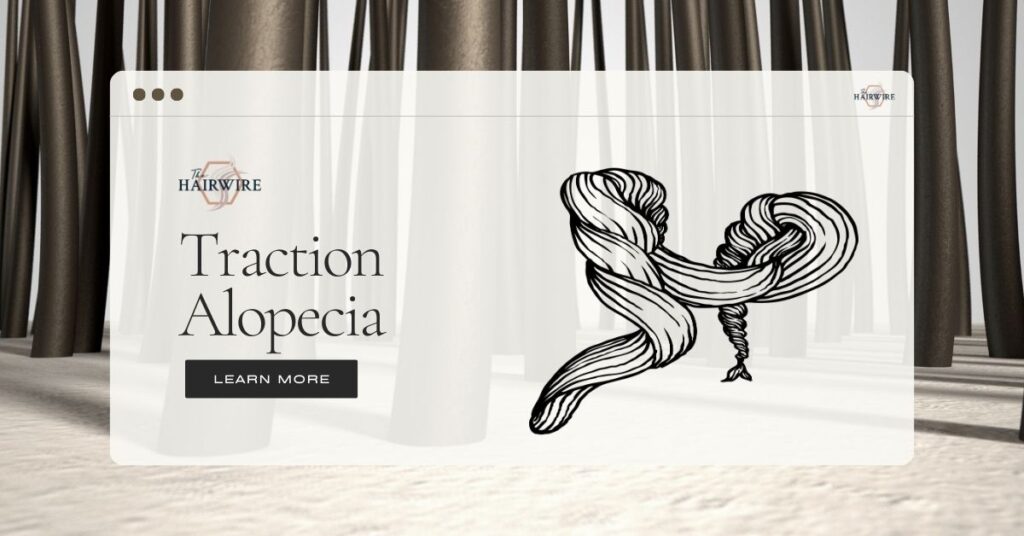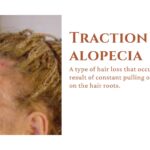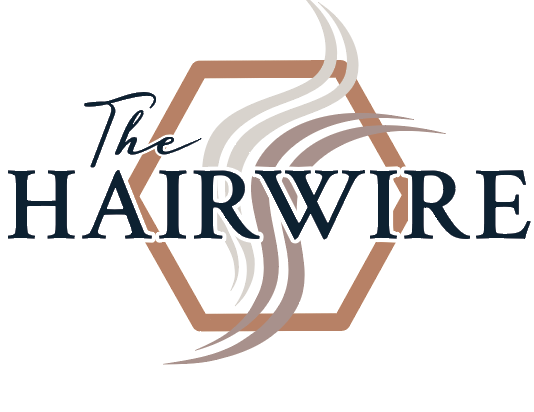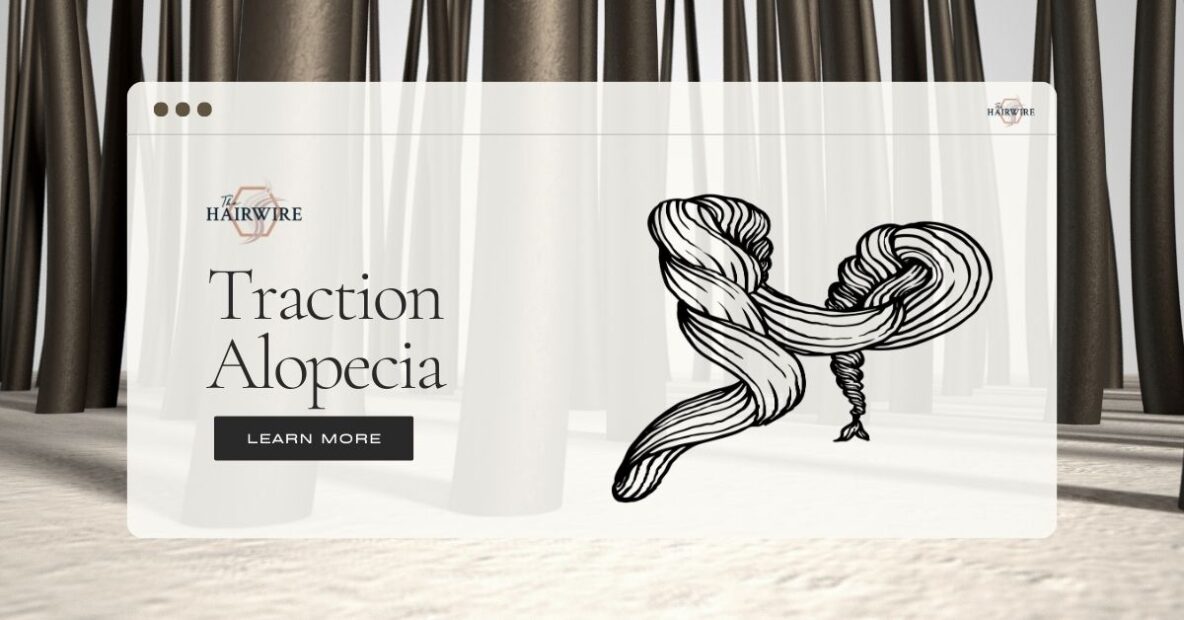
Understanding Traction Alopecia
Hair loss can stem from various factors, and one lesser-known contributor is Traction Alopecia. This unique form of hair loss arises from external forces applied to the hair and scalp. To comprehend the intricacies of Traction Alopecia, it’s important to explore its causes, effects, and potential management strategies.
What is Traction Alopecia?
Traction Alopecia is a form of hair loss caused by repeated, prolonged tension or pulling on the hair and scalp. Common culprits include tight hairstyles, such as braids, weaves, ponytails, and hair extensions. Over time, the constant strain weakens hair follicles, leading to gradual hair thinning or even bald patches.
Causes and Contributing Factors:
Traction Alopecia arises from habits that place excessive stress on hair follicles. This can include tightly pulled hairstyles, hair accessories, or wearing heavy extensions. The tension disrupts the normal growth cycle, causing hair to become finer and eventually leading to follicle damage.
Effects and Progression:
Traction Alopecia typically develops gradually, with thinning hair along the hairline, temples, or wherever the tension is most pronounced. Initially, the condition might be reversible if identified early. However, continuous tension can lead to permanent damage and irreversible hair loss.
Prevention and Management:
Preventing Traction Alopecia involves adopting gentle hair care practices and avoiding hairstyles that place excessive strain on hair follicles. Alternating hairstyles, using soft hair ties, and giving your hair regular breaks from tension are important steps in prevention. For those already experiencing symptoms, the focus shifts to adopting protective and nurturing hair care routines.
Learn More:
To deepen your understanding of Traction Alopecia and access the latest insights and developments in managing this condition, we encourage you to explore our up-to-date videos and posts. Our content is designed to provide valuable knowledge, tips, and guidance to help you recognize, prevent, and address Traction Alopecia.
If you suspect you might be experiencing Traction Alopecia or have concerns about the health of your hair and scalp, don’t hesitate to seek guidance from a qualified healthcare professional or a trichologist. Timely intervention and adopting hair-friendly practices can make a significant difference in maintaining the vitality of your hair. Remember, your hair health is within your control, and knowledge is your ally on this journey.
Watch:
Traction Alopecia
Read:
- Traction Alopecia
 Hidden Culprit of Hair Loss Hair is not just a physical attribute; it carries cultural significance, personal expression, and confidence. But there’s a lesser-known contributor to hair loss that often goes unnoticed – Traction Alopecia. This unique form of hair loss is caused by external forces applied to the hair and scalp. Let’s delve into …
Hidden Culprit of Hair Loss Hair is not just a physical attribute; it carries cultural significance, personal expression, and confidence. But there’s a lesser-known contributor to hair loss that often goes unnoticed – Traction Alopecia. This unique form of hair loss is caused by external forces applied to the hair and scalp. Let’s delve into …
Read More:




